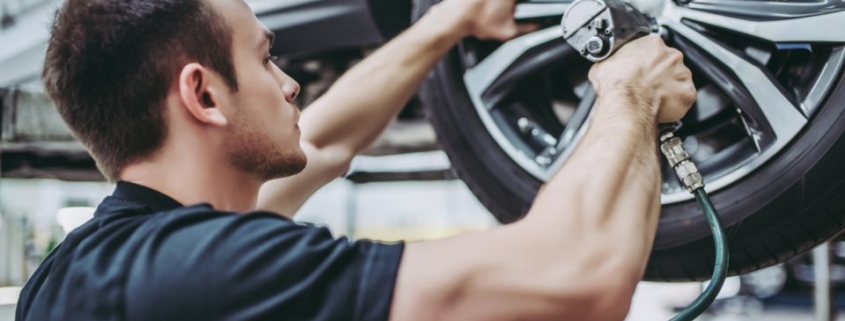The Future Is Your Service Lane
Note: This blog is a combination of information from industry experts, publicly held companies and Automotive News futurists.
“For hundreds of years, the horse was the prime mover of humans, and for the past 120 years, it has been the automobile. Now, we are approaching the end of the line for the automobile because travel will be in standardized modules.” – Bob Lutz
Dealership Structure Will Change
Experts are predicting that dealerships of the future will split into thirds over the next 10 to 20 years. One third will be for mobility services, i.e, autonomous vehicles, fleet and subscription-plan management services. According to an Automotive News article, “In the new world, some consumers want group leases on one self-driving car to share or to buy monthly subscriptions that allow them to switch from one kind of vehicle to another as their needs change day to day. In addition, large fleets have emerged offering ride-hailing services to either their members or the general public. “
Another third will come from those consumers who own a personal vehicle and either use it or monetize it by renting it out when they aren’t using it.
Refocus on Service
The final third is in service. No one can predict what the future vehicle will look like, but whether it’s autonomous, electric, ride sharing or subscription vehicles they’ll have to be serviced somewhere. If the future of the dealership is mobility centers, then upping your game in service now makes perfect sense. Service has long been the most profitable part of a dealership. In the Automotive News article “Forecasting the Future of Auto Retailing” the authors predict that “for the most part, the dealership of 2030 is fleet management and distributions centers. They have the capital to invest in new tools and training for service technicians to adapt to electric, autonomous vehicles service and maintenance requirements, as well as those of rapidly proliferating drones.”
This is a good thing. Chances are that these vehicles, because of the technology, will have strict service cadences. They’re not going to let just anyone maintain, upgrade and service these vehicles. If dealers can get past selling tangible assets such as cars and trucks and look at themselves as mobility and technology centers, the possibilities are endless.
What can you do now?
Focus on your service department now!
Offer same day/next day appointments
The aftermarket competition will tell your customers that they can bring their vehicle in “today” or “tomorrow.” So your answer has to be one day.
Optimize shop productivity
If you are at 100 percent or higher, you need to hire technicians because you can’t reduce the wait time for your customers to come in unless you have the capacity to complete the repairs in a timely manner.
Refine your appointment process
If you are like most dealers, 80 percent of your customer pay sales start with a telephone call to your dealership. Most of these calls go to a Service Advisor. In other cases, they go to a BDC, CDC or to an appointment coordinator.
Call “no-shows”
Everyone has customers who do not show up for their appointments. Oftentimes, they just forgot.
Call customers on special order parts
If you walk back to your parts department you most likely will find a section of bins that your Parts Manager has designated for “Special Order Parts.”
Schedule your customer’s next appointment
Before your customers leave your dealership, you should automatically schedule their next service appointments based on time and/or mileage. Give them a card with the date and time of their next appointment.
2030
If the prognosticators are correct and the future will be here by 2030, then there is no time to waste. The sooner you get your customers trained and accustomed to coming to you for service, the better off you’ll be. Automotive News reports through a COX Automotive study that franchised dealers are snagging fewer than one-third of repair orders. The average vehicle makes 2.7 service visits a year. Quick-lube shops, tire stores and independent repair outlets account for about half of these visits; dealers take 30 percent, and the rest go elsewhere — body shops, retail stores and specialist businesses.




